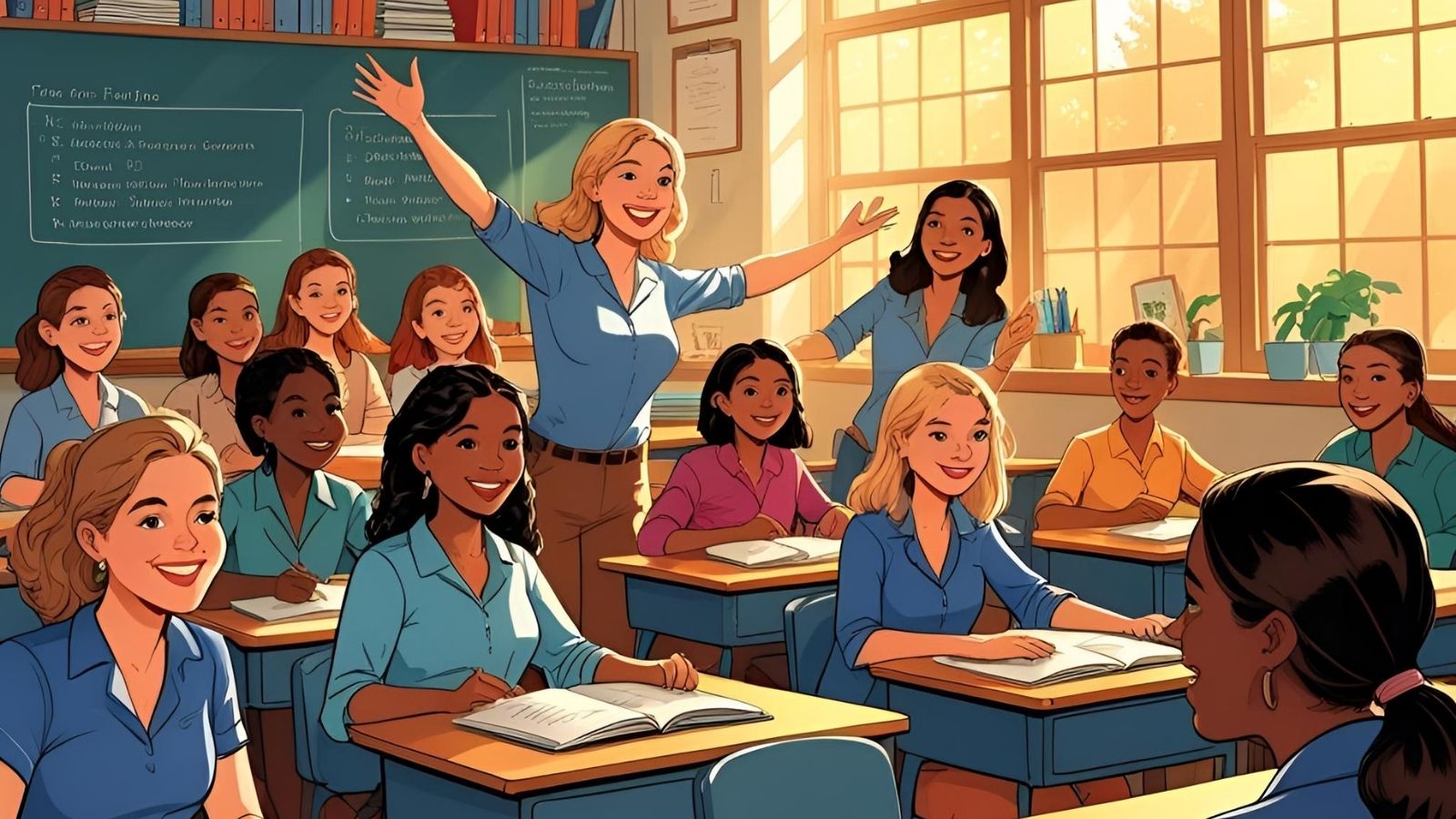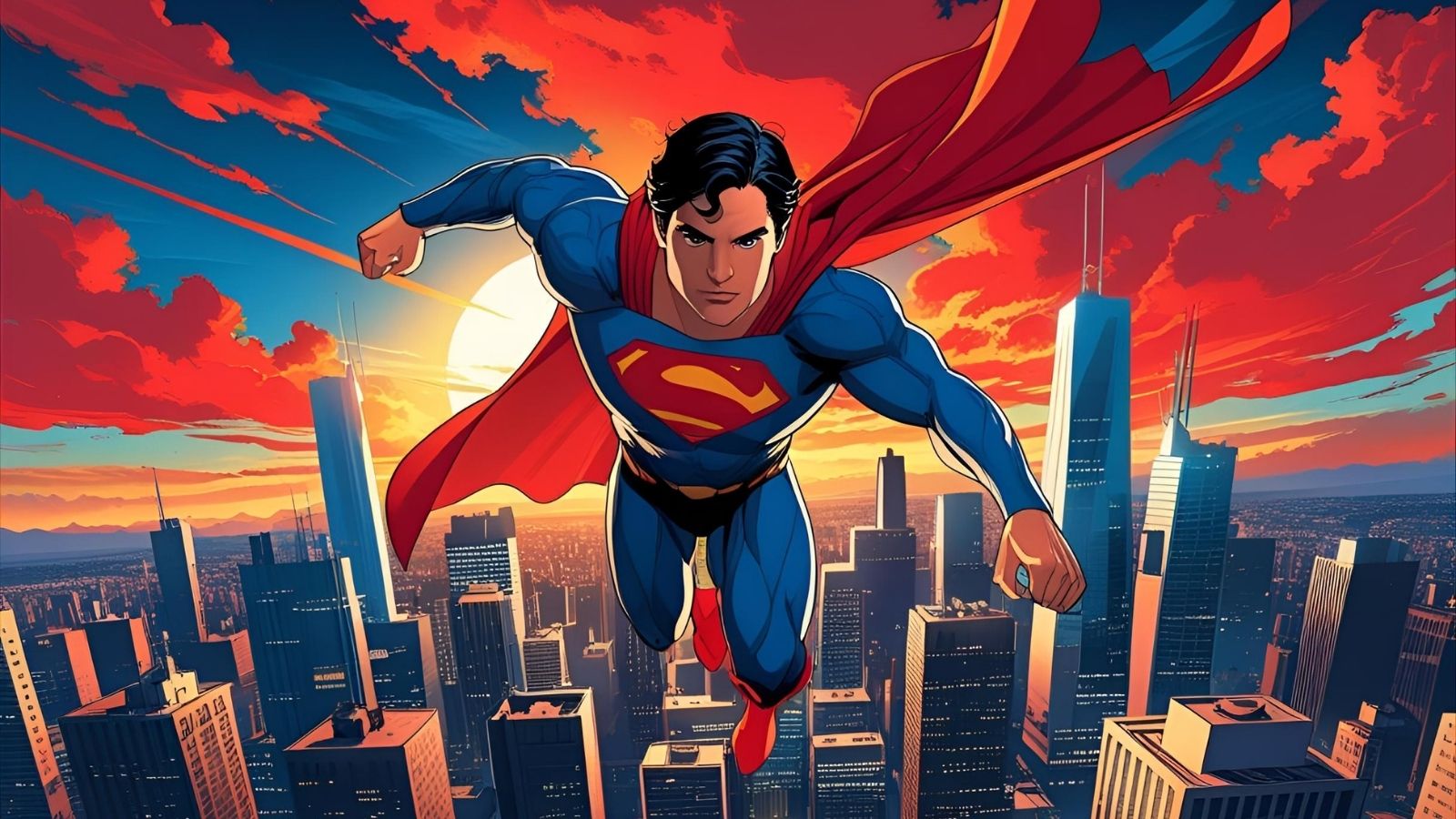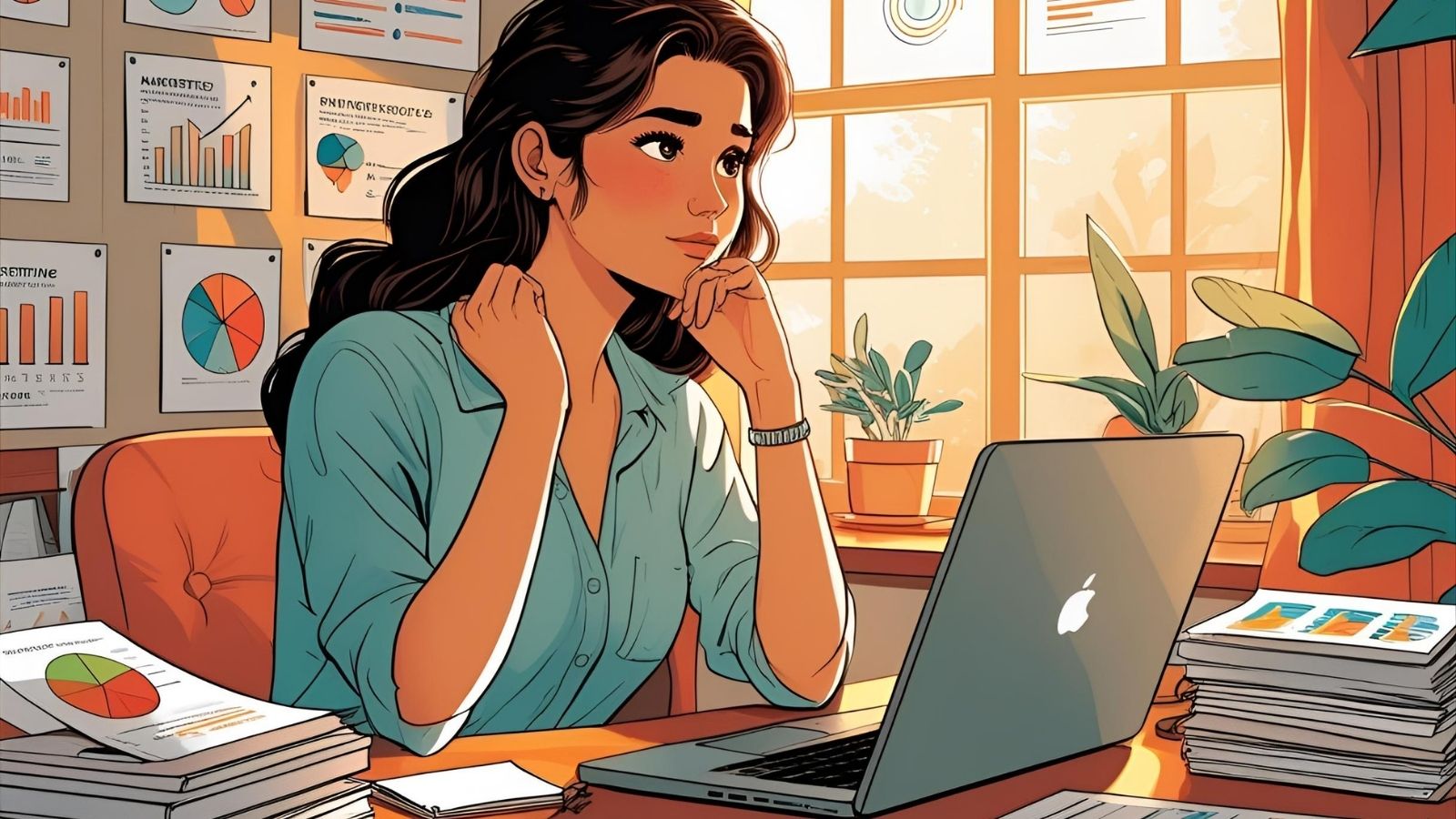You load into the Roblox game “99 Nights in the Forest,” and before you can even take a step, a message hits you: “Inspired by a real story.”
It’s a chilling way to start, making you wonder what’s real and what’s just part of the game. So, let’s separate fact from folklore and dig into the haunting true story that this game uses as its foundation, the creepy monsters it pulls from mythology, and why it all makes for such a terrifying experience.
The Unbelievably Real Part: 40 Days of Survival
This isn’t just a random story; it’s a specific, recent, and heartbreaking event.
On May 1st, 2023, a small Cessna plane carrying a mother and her four young children—Leslie, Soleni, Tienne, and baby Kristen—went down in the middle of the Colombian Amazon. A “mayday” call was the last anyone heard before the plane vanished.
The crash was devastating. The pilot and another adult died on impact. The mother, Magdalena, survived for a few days before tragically succumbing to her injuries. This left the four children, with a literal baby among them, completely alone in one of the most dangerous places on Earth.
For 40 days, these kids survived. When rescuers from the Colombian military finally found them, they called it a “miracle.” How did they do it? The older children used survival skills their mother had taught them, finding edible fruits and even catching fish to stay alive. It’s an incredible story of human resilience against impossible odds.
Where the Game Takes a Dark Twist
This is where the game takes that true story of survival and warps it into a supernatural nightmare.
When you start playing, you’ll see a notice board with posters of four missing kids—a direct nod to the real survivors. Venture deeper into the woods, and you can find the wreckage of a crashed plane. These are the game’s anchors to reality.
But that’s where the connection ends. The real children never reported seeing a deer monster or being hunted by anyone. Their battle was against the elements, not mythical beasts. The game developers took the real-world premise and layered it with a thick coat of folklore.
So, What Is That Creepy Deer Monster?
Let’s talk about the game’s main attraction: that thing stalking you in the woods. Its design isn’t random; it’s a terrifying mashup of two legends.
- The Wendigo: You’ve probably heard of this one. It’s a flesh-eating, deer-like creature from North American folklore, known for its insatiable hunger. This is the base model for our monster. But there’s one key detail the Wendigo doesn’t usually have…
- The “Not Deer”: This is a creepier, lesser-known creature from Appalachian folklore. A “Not Deer” looks wrong. It moves awkwardly, it can be aggressive, and most importantly, it has front-facing eyes. That’s the detail that matters. Herbivores, like normal deer, have eyes on the sides of their heads. Predators have eyes in the front. The monster in the game has the predatory, front-facing eyes of a “Not Deer,” which makes it feel ten times more threatening.
And What’s the Deal with the Cultists?
You’ve probably seen them—the cultists hanging out at sacrifice sites who the deer monster just strolls right by. Why don’t they get attacked?
The game implies they’ve cut a deal. By making offerings or sacrifices, they’ve appeased the beast. While the Wendigo isn’t known for accepting gifts, other mythologies are full of evil forest spirits who do. The Leshy from Slavic folklore, for example, is a deer-like forest guardian who accepts offerings.
It’s also likely the developers were inspired by modern horror movies. Films like “The Ritual” and “The Empty Man” feature terrifying forest entities and the cults that form to worship them. This adds a layer of psychological horror—the idea that some people would choose to side with the monster.
The “True Story” Is a Genius (and Chilling) Marketing Hook
So, is the “based on a true story” claim legit? Barely, but yes. The plane crash and the missing kids are terrifyingly real. Everything else is fiction.
Let’s be honest: using a real tragedy is a powerful marketing move. It gives the game an immediate sense of weight and dread. Knowing the starting point is real makes you feel more invested and vulnerable, even when you know the monster isn’t. It’s a clever, if unsettling, way to hook you in and blur the lines between a real-world horror and a digital one.
What do you think? Is it a brilliant blend of reality and myth, or does using the true story feel a little too dark? Let me know your thoughts.















